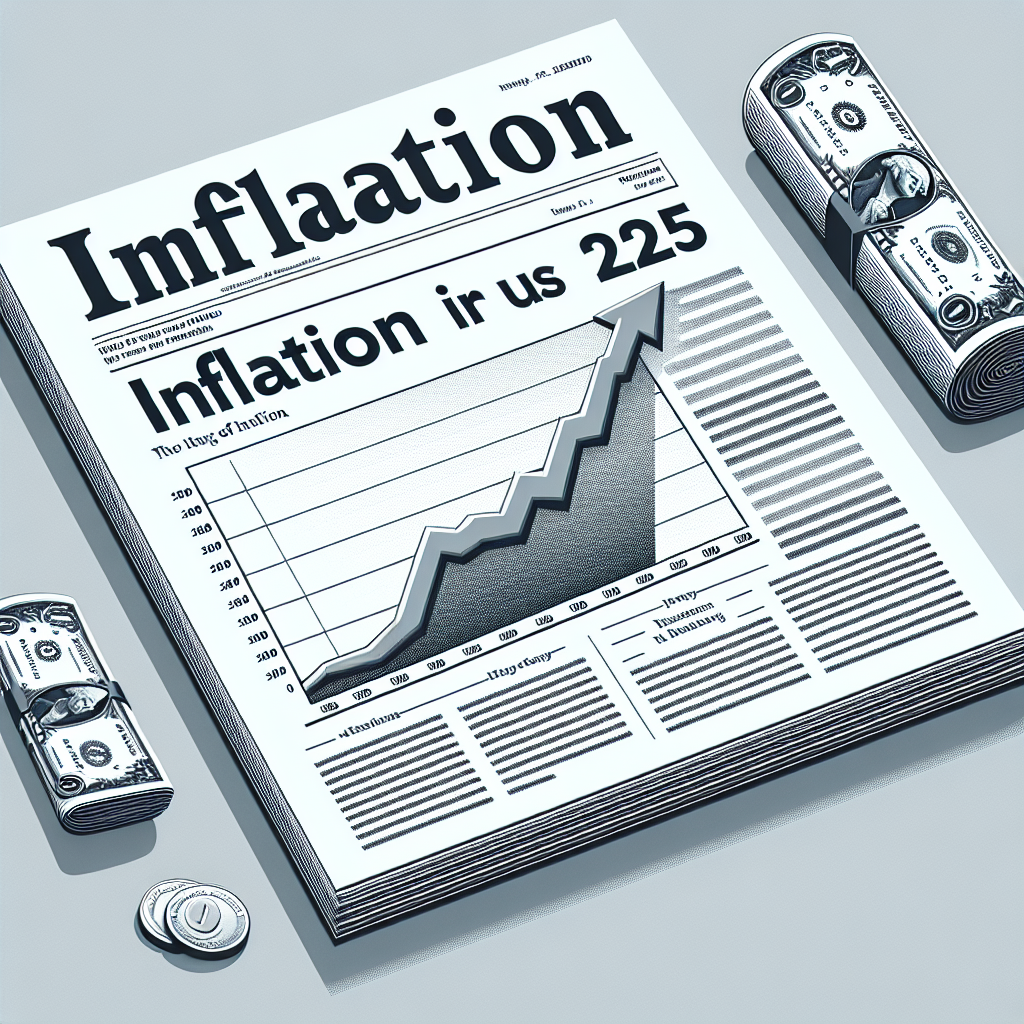Inflation in the US 2025: What You Need to Know
Understanding Inflation in the Current Environment
As we head into 2025, inflation remains a critical issue influencing both consumer behavior and investment strategies. In recent years, inflation rates have fluctuated significantly, driven by various factors such as supply chain disruptions, changes in consumer demand, and shifts in monetary policy. Understanding these dynamics is essential for making informed decisions in this economically turbulent landscape.
The current forecast indicates that inflation rates may continue to pose challenges for consumers and businesses alike. The combination of strong consumer spending and ongoing supply chain issues suggests that inflation could remain elevated, prompting the Federal Reserve to consider additional measures in managing monetary policy. Consequently, it is crucial for individuals and companies to stay informed about these trends and how they can impact financial planning and investments.
Key Insights for Consumers and Investors
1. Budgeting for Inflation
In light of the predictions for sustained inflation, it’s essential for consumers to revisit their budgeting strategies. This may involve reassessing monthly expenses, anticipating increases in the cost of living, and allocating more funds toward essentials such as food, housing, and transportation. Here are a few tips to better manage your budget during inflationary periods:
- Prioritize Needs Over Wants: Focus on essential purchases and limit discretionary spending.
- Explore Alternative Options: Consider shopping for generic brands or using coupons to save on everyday items.
- Monitor Your Budget Regularly: Keep track of your expenses to adjust your financial plans as needed.
2. Investment Strategies in an Inflationary Climate
For investors, inflation presents unique opportunities and challenges. It becomes increasingly important to identify assets that can withstand or even benefit from inflationary pressures. Many financial experts suggest diversifying portfolios to include commodities, real estate, or inflation-protected securities. Here’s how to strategically position your investments:
- Consider Inflation-Linked Bonds: These bonds, such as Treasury Inflation-Protected Securities (TIPS), adjust with inflation and can help preserve purchasing power.
- Look into Real Assets: Investing in physical assets like real estate and commodities may provide a hedge against inflation by appreciating in value over time.
Conclusion: Preparing for Potential Changes Ahead
The approaching year of 2025 promises to be a pivotal moment in the battle against inflation in the United States. By understanding the complexities of rising prices and adjusting financial strategies accordingly, consumers and investors can mitigate risks associated with inflation. Staying informed through credible resources, such as the Federal Reserve and economic analysis reports, is essential for navigating the evolving landscape.
